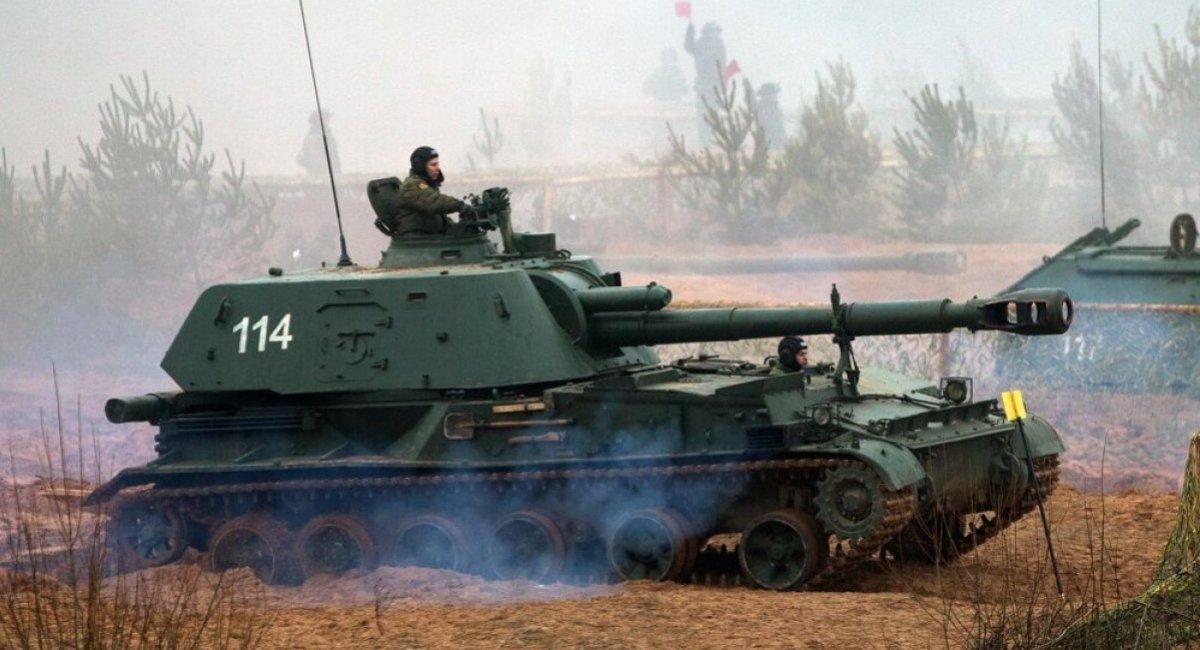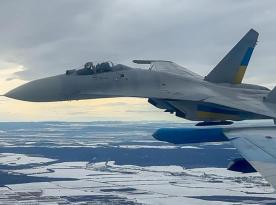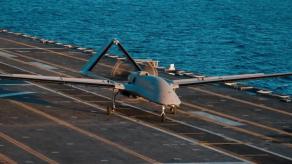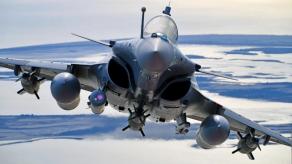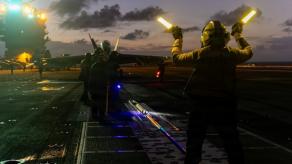Published in open access, the Technika i Vooruzheniye (Equipment and Armament) monthly magazine, edition No.2, 2024, features a story about a noteworthy series of tests the Soviet Union carried out in the 1970s–1980s. A few M109 self-propelled howitzers captured by the USSR were compared against the domestically designed 2S3M Akatsiya systems of the same category.
In both series of trials, Soviet specialists agreed that their indigenous artillery system was way better than the Western counterpart. Defense Express provides the main points from this article to take notes of the arguments used by the Soviet engineers to explain their inference, and analyze them.
Read more: 43rd Artillery Brigade Hints at Receiving Additional Shells for 2S7 Pion Cannon and More
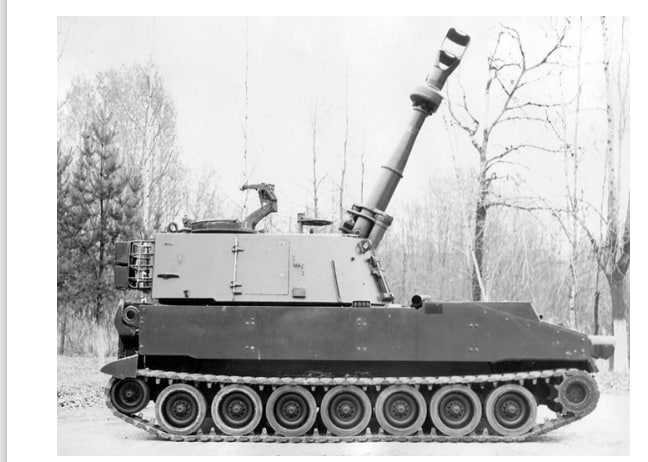
The first tests of the M109 self-propelled guns in the USSR took place from June to December 1978. The authors of the article mention that during these tests, a total of 102 projectiles in 155mm caliber, of which 82 had high-explosive warheads, plus 10 smoke screen, and 10 illumination shells, were fired from the captured howitzer.
Based on the recorded results of the firings, Soviet specialists came up with the following assessment for the M109:
- lower weight due to the use of light alloys;
- ease of control due to hydromechanical transmission;
- powerpack design of the vehicle's power plant, which simplifies the implanting or removal of the engine and supporting elements if necessary;
- better aiming devices than those on the Soviet self-propelled guns.
All of these were on the list of unconditional advantages of the M109.
However, with regard to the firepower of both artillery systems, the conclusion was: the M109 in the basic version has a maximum range of fire of only 14.8 km, while the 2S3M Akatsiya boasts a solid 18.3 km range.
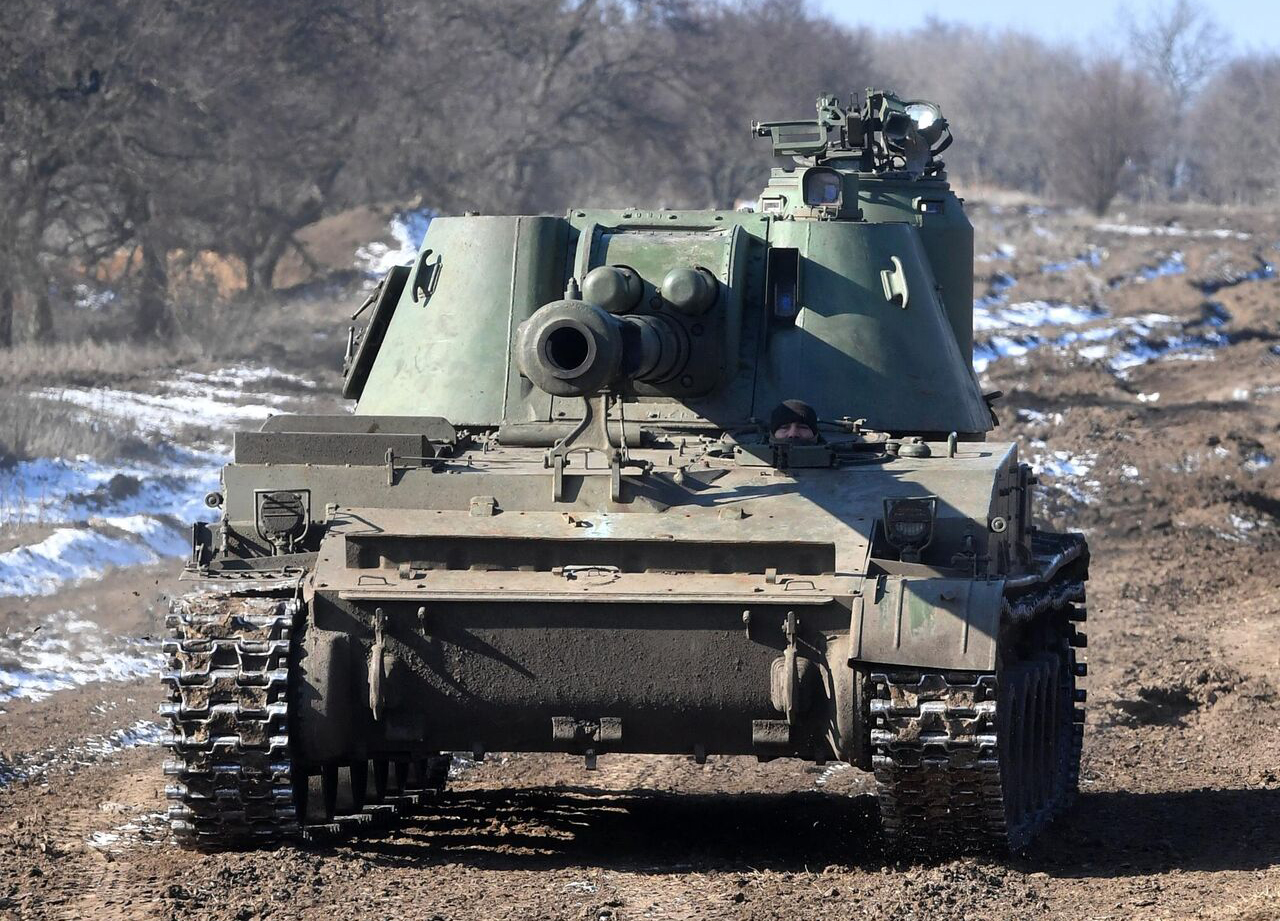
When Soviet specialists made such a comparison, they were not in the slightest bothered by the fact that the gun barrel length on the basic M109 is only 23 calibers vs. the 28 cal long barrel on 2S3M Akatsiya. Therefore, the whole point of comparing these two was questionable from the start.
On the other hand, the choice of counterpart for comparison might have been done with that in mind, precisely for the purpose to prove the superiority of a domestic SPG over a Western one by any means necessary.
The next time Soviet specialists had the opportunity to test a captured M109A1B occurred in the 1980s, this SPG became Iraq's trophy in the war against Iran.
The tests of this sample, designated "Izdeliye 39" (Product 39), took place in the USSR and lasted from November 1984 to July 1985. To put it briefly, nothing fundamentally new was learned, compared to the previous tests, but some positive innovations, such as the improved accuracy of fire at the minimum distance, and simplification in both use and maintenance of M109 "were evaluated positively," the magazine notes.
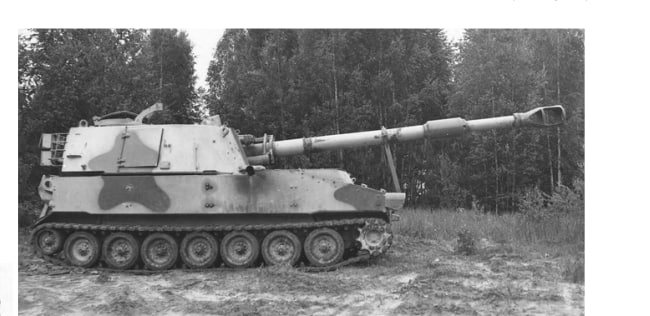
Notably, even after these tests, the Soviet Union came to the conclusion that the 2S3M Akatsiya was still better, although some positive design features could nonetheless be adopted from the M109A1B (which ultimately never happened).
There's historical irony in the fact that just a few years later, Moscow was forced to see for itself the technological superiority of the NATO standard 155mm artillery over the 152mm Warsaw Pact howitzers. Namely, when in response to supplies of D-30 and BM-21 artillery systems from the USSR to Angola, its rival South Africa quickly established production of G5 howitzers in the 155mm caliber which proved instrumental on the battlefield.
The technological gap now forces the russian federation to reconsider the decades-long approach of preserving the traditional 152mm systems and conduct theoretical and practical studies on the topic of making own 155mm artillery.
Read more: That Time in 2004 When iran Friendly-Fired its Fighter with S-200VE, and the Lessons it Can Teach Us Today




